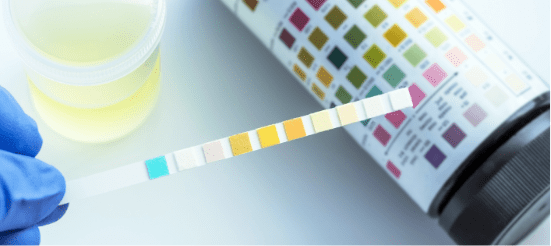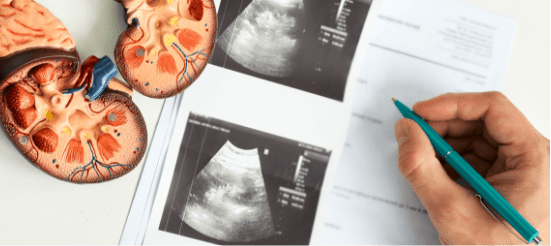Prostate Cancer
Prostate Cancer is a disease caused by abnormal growth of cells within the prostate. The prostate is a gland in men which sits between the bladder and the urethra (water pipe). It forms part of the male urinary and reproductive tracts.
Prostate cancer is the most common tumour affecting Australian males. Prostate cancer is common and doesn’t always require treatment.
Prostate Cancer Signs and symptoms
Early prostate cancer usually does not cause symptoms
Advanced prostate cancer symptoms can include
- Frequency urination
- Pain while urination
- Blood in urine
- A weak stream
However there can be overlap between an enlarged prostate and prostate cancer, and your specialist will explain this to you in detail in your consultation.
How is Prostate Cancer diagnosed?
Your Urologist will assess your cancer risk by assessing your family history, and PSA kinetics. A Digital Rectal Examination will be completed (finger into the rectum to examine the prostate).
Once assessment has been completed and if we deem suitable a prostate MRI scan is ordered. You will be reviewed with the results of the MRI and discussion about the next steps will take place. You may require a biopsy of the prostate. (add TP biopsy link please).
How is prostate cancer treated?
There are several options for treatment of prostate cancer including surgery, radiotherapy, active surveillance and hormonal therapy.
What are the treatment options if the prostate cancer is confirmed to be confined to the prostate (non metastatic)?
Robotic Radical Prostatectomy: surgical removal of the entire prostate
Radical Radiotherapy
Active Surveillance: This may be an option for men with low risk disease (low volume, low grade)
Need some more information about Prostate Cancer








